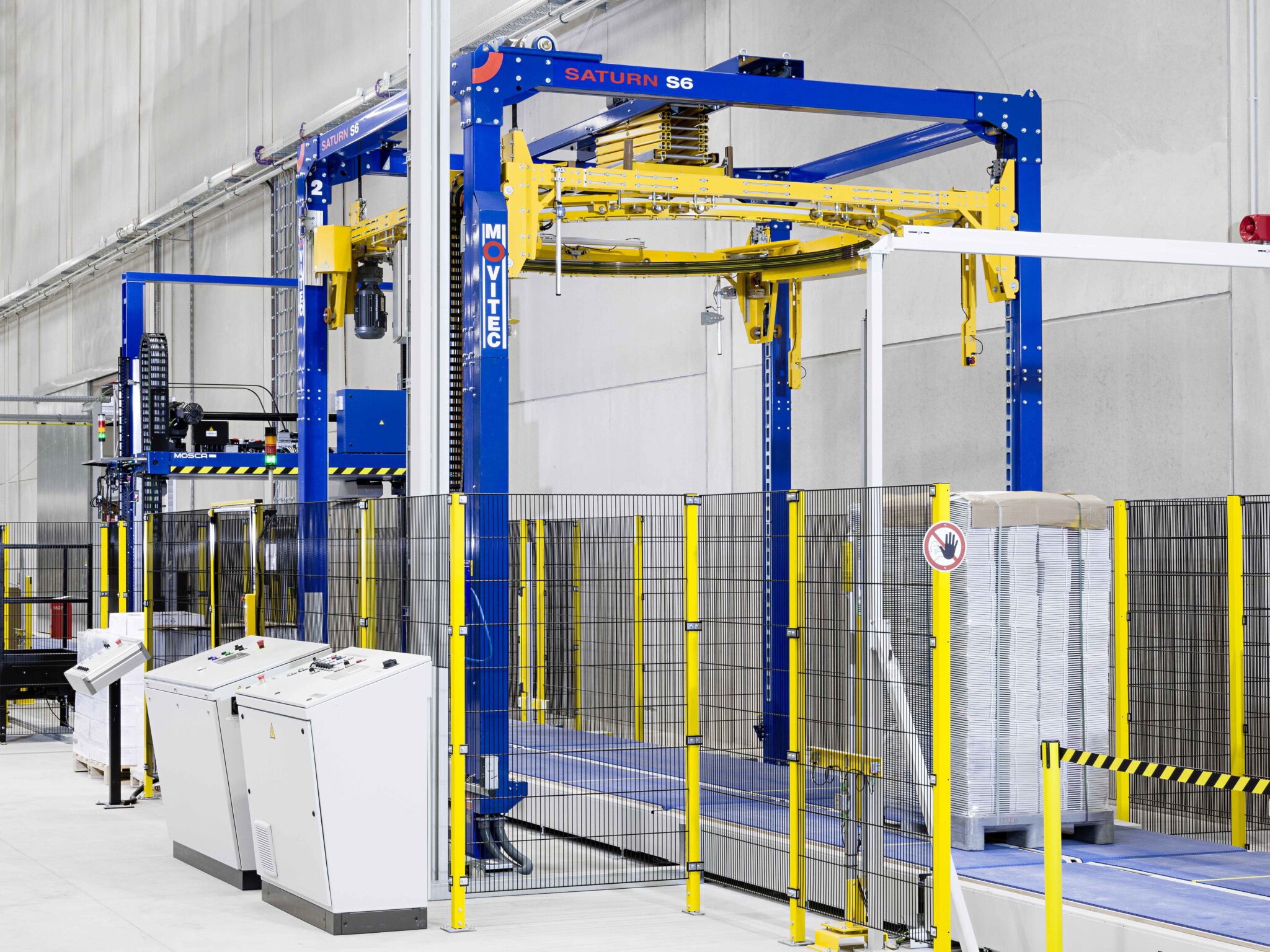Wabtec has announced its entrance into the rail telematics market via an agreement with Intermodal Telematics B.V. (“IMT”), a Dutch company, under which Wabtec will create a railcar telematics platform using IMT technology. Wabtec’s new platform will deliver real-time information to railcar and tank container owners and operators, allowing them to turn rail cargo into smart, connected assets.
Wabtec rail telematics will include sensors, gateways, wireless communications, and analytics. The technology will be offered for retrofit on existing fleets and also will make Wabtec’s current railcar components smarter by integrating solutions right from production.
The new offering will include a comprehensive suite of solutions that track real-time location and monitor key attributes such as handbrakes, hatches, doors, and loaded/unloaded status for a railcar, as well as cargo temperature and pressure for a tank container.
Rail Telematics
“The rail industry is on the verge of a new era where the use of real-time data about the status and condition of cargo will be transformative to the customer experience and supply chain efficiency,” said Nalin Jain, Group President of Digital Intelligence at Wabtec. “Telematics builds on Wabtec’s rich history serving the freight car markets with next-generation solutions. Our innovative solutions will improve shipment visibility, increase on-time performance, and expand asset utilization to make shipping freight by rail more competitive.”
“This collaboration marks a significant milestone for Intermodal Telematics, as we join forces with the industry powerhouse to deliver cutting-edge telematics solutions. By combining Wabtec’s extensive market expertise with our innovative technology, we will provide Wabtec’s customers with not just data, but with actionable intelligence in order to revolutionize the rail industry’s approach to monitoring, efficiency, and safety. This collaboration leads us into a future where predictive analytics and machine learning will redefine the dynamics of rail operations.“ said Dethmer Drenth, Managing Director and Founder of IMT.
Wabtec plans to begin offering this railcar telematics solution in the first quarter of 2024; the solution will be offered exclusively by Wabtec in North America and certain additional countries as set forth in the agreement.






